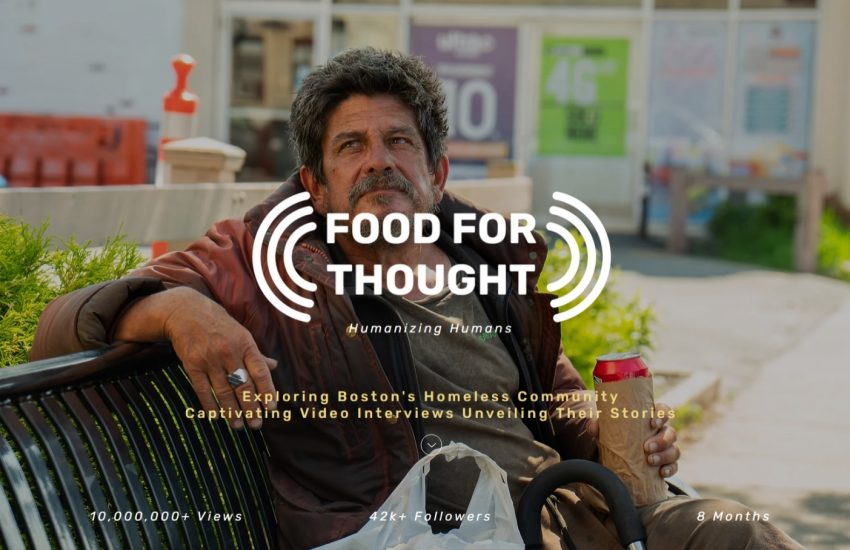NICAR: Data stories from last year that you could be doing in your newsroom
The NICAR conference is all about seeing and learning from the best of data journalism. And what better way of understanding success than taking a look at the past. The panel Year in CAR with Sarah Hutchins (IRE), Marianne Bouchart (Data Journalism Awards), and Brett Murphy (USA Today) showcased some great examples of data and visual journalism from the past year.
“We picked what is out there we think is cool but also reproducible in newsrooms around the country, ” explained Bouchart.
Because many of the creators were in Chicago for the 2018 NICAR conference, we were able to hear from them about their reporting and the data work involved in producing the pieces.
You can check out all the pieces selected by the panel by follow this link to their official slides. Here is a quick rundown of some of the most interesting insights about data journalism Storybench drew from the panel.
Justifiable homicides — Marshall Project and The New York Times
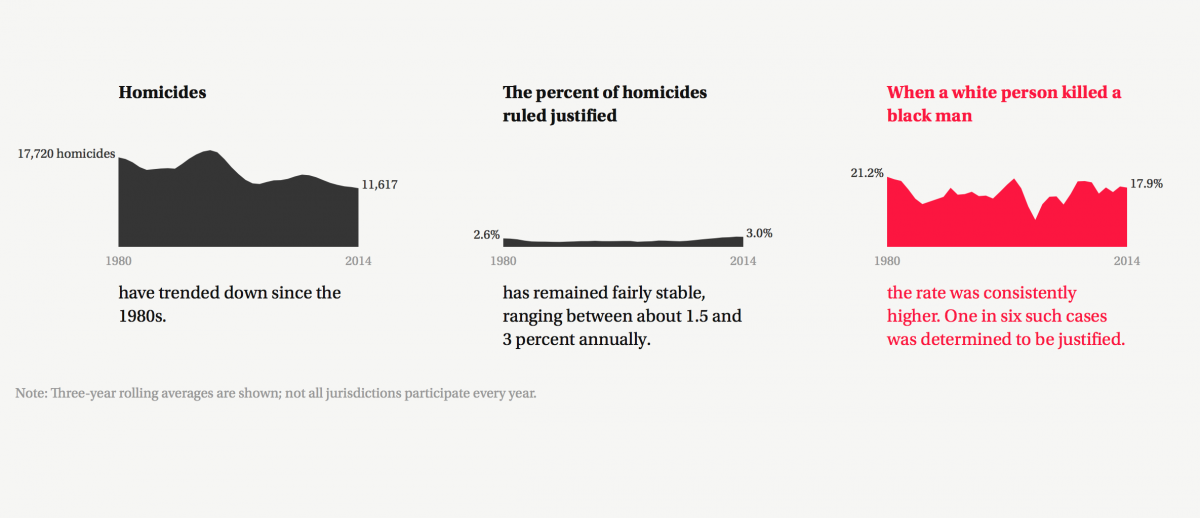
This is a piece that is a product of what some would call serendipity: While looking at the FBI Supplementary Homicide Reports for something different, the reporters noticed the curious term “justifiable homicides.” They decided to investigate it further and found a stark trend: When a white person kills a black man, that homicide is eight times more likely to be found justified.
Speaking about the piece, Anna Flagg, an interactive reporter at The Marshall Project, highlighted the importance of data exploration. “Make sure you spend your time with [the data]. Do not be strict with what you are looking for and it may be worth your while,” she said.
Last August, Storybench spoke with Flagg about the project for the piece “How The Marshall Project revealed racial disparities in ‘justifiable’ homicides.”
CTRL+X — Abraji
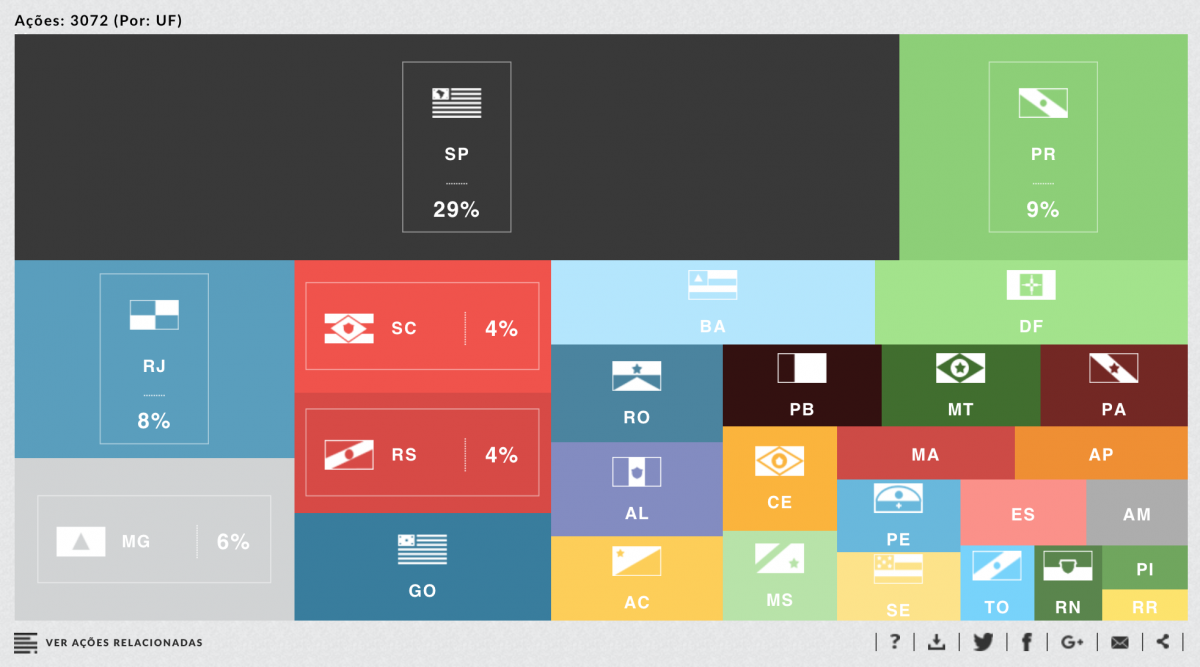
Abraji, Brazil’s investigative reporters and editors organization, developed a great tool for journalists in the country, a platform called CTRL+X. By collecting court records across all states with crawlers, they created a comprehensive database of cases of politicians trying to censor news outlets through judicial measures.
“We put that data into an easy-to-use interface. That resulted in over 200 articles being published in Brazil using the platform we created, ” told Thiago Mali, a coordinator with Abraji.
Death Care — NPR
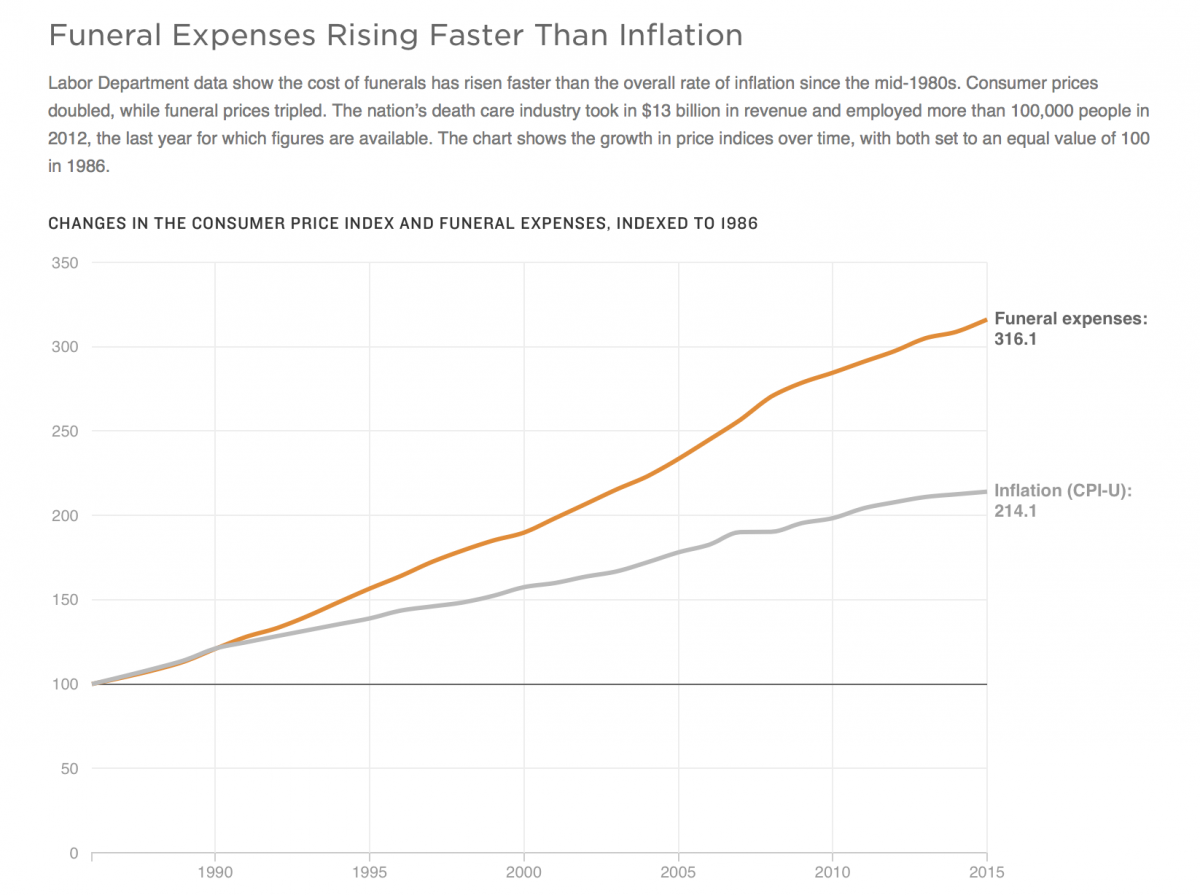
NPR’s investigative unit put together an interesting data story using an old-school approach – boots on the ground. With its wide network of stations across the country, the team, led by data reporter Robert Benincasa, revealed how funeral homes are abusing consumers and making it a $10 billion industry.
“We enlisted help of member stations across the country and they went to locations and generated data for the story,” explained Robert Benincasa, the lead data reporter of the two-part series.
Kept in the Dark — Oregonian/OregonLive

“It is a story about a database, not the sexiest thing out there,” said reporter Fedor Zharkin from from The Oregonian/Oregon Live, downplaying the very important work he did alongside Lynne Terry to uncover that over 8,000 complaints about elder care homes were concealed from the public by officials.
After publication, several people contacted the newsroom about similar cases in their families. “It was incredible to see people reaching out,” concluded Zharkin.
Double billing the Badge — KARE 11
It should suffice to say that a story by NBC-affiliate KARE 11 in Minneapolis resulted in at least $1 million being refunded to the city. But their deep data investigation — that included parsing paper records and contracts — also revealed a case of government vendors illegally overcharging the local police stations for vehicles.
A.J. Lagoe, the reporter who revealed the story in a 20-minute special report, had the following tip: “Look into contracts for how vendors can make extra cash, the ‘add-ons.’ There’s no oversight in this.”
Walking while black — ProPublica and Florida Times-Union
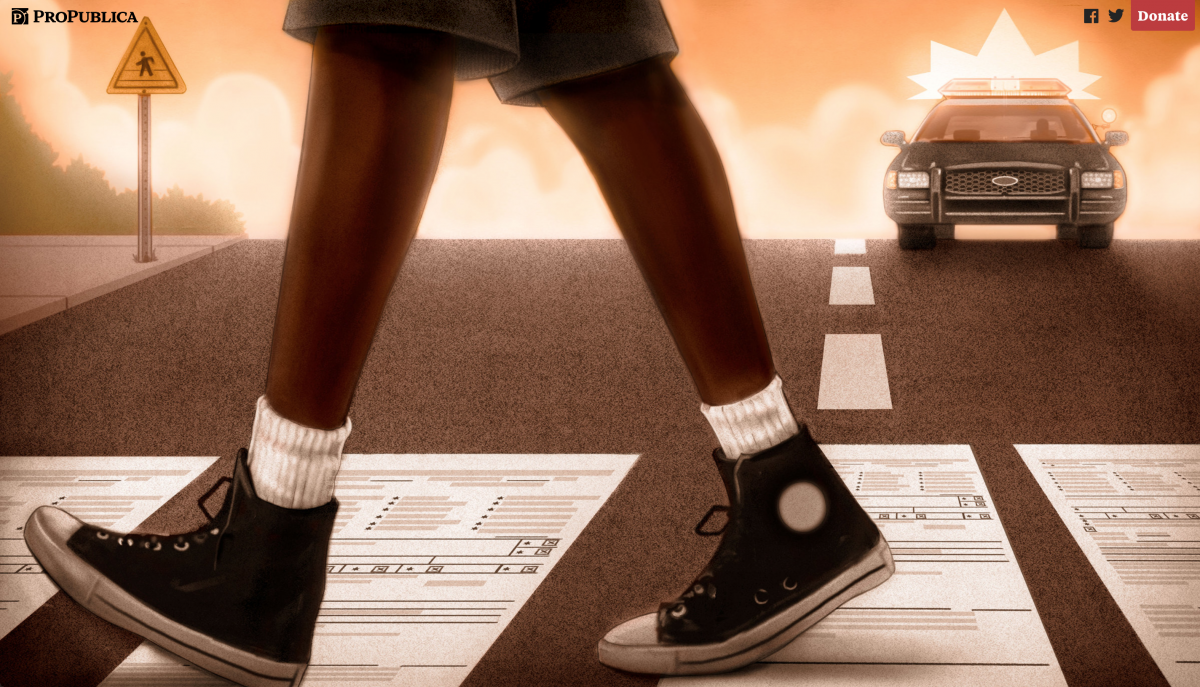
ProPublica partnered with the local newspaper Florida Times-Union to uncover police racial bias in Jacksonville. Their reporting found that blacks are three times more likely to receive a pedestrian ticket than whites. [Storybench looked behind the scenes here.]
The team analyzed over 2,000 citations issued by local police. The fact that the department collected data on race was what made the story possible.
“That same type of data may be available for you,” says Kate Rabinowitz, who worked on the story. “FOIA it!”
- SXSW: ‘Excel is okay’ and other tweet-size insights for data journalists and news nerds - March 17, 2018
- NICAR: Data stories from last year that you could be doing in your newsroom - March 13, 2018
- How to scrape Reddit with Python - March 12, 2018

